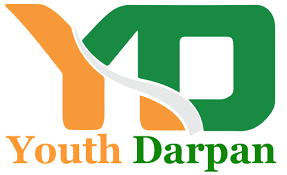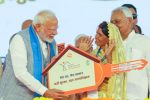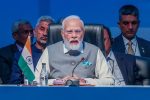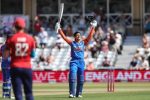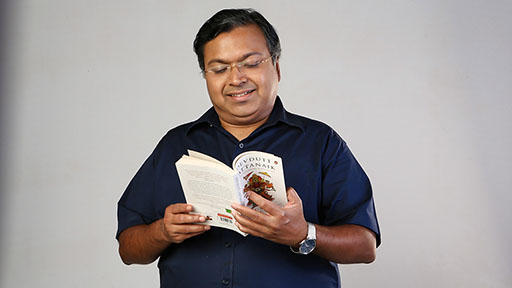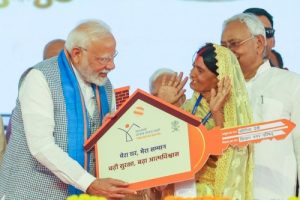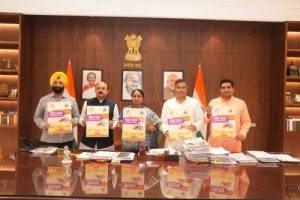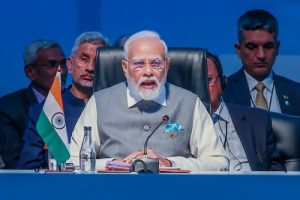Popular belief has it that the Ramayana is idealistic while the Mahabharata is realistic but these two epics have “identical building blocks, themes, and history,” says writer-mythologist Devdutt Pattanaik, whose new book “Ramayana Versus Mahabharata: My Playful Comparison” is all set for release later this month.
[breaking_news_ticker id=”1″ t_length=”35″ bnt_cat=”” post_type=”post” title=”Breaking News” show_posts=”5″ tbgcolor=”222222″ bgcolor=”333333″ bnt_speed=”500″ bnt_direction=”up” bnt_interval=”3000″ border_width=”0″ border_color=”222222″ border_style=”solid” border_radius=”0″ show_date=”show” date_color=”b23737″ controls_btn_bg=”dd3333″ bnt_buttons=”on”]In the book, New Delhi-based Rupa Publications informed IANS, Pattanaik, one of India’s most popular mythologists, explores the similarities and dissimilarities between the two epics in a “playful analaysis”. The book will also be accompanied by his signature illustrations.
Pattanaik, who has penned over three dozen books on subjects related to ancient Indian scriptures and mythology, contends in the book that whether it is the family structure, forest exile, or war, the comparison between the two epics proves a startling point — that “the Mahabharata is, in fact, a reaction to the events in the Ramayana”.
The publisher added that the ideas in this book are distributed over 56 chapters. “In temple rituals, Vishnu is offered 8 different meals daily, different on all seven days of the week – 56 dishes in all. May each chapter serve as a mouthwatering offering to the Vishnu within you,” Rupa informed IANS in a statement.
